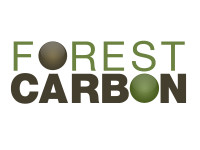
Forest Carbon Historical Projects at Langlee Mains
Species Mix
- Alder
- Aspen
- Birch
- Hazel
- Oak
- Rowan
- Scots Pine
Forest Carbon Historical Projects at Langlee Mains
Project Additional Benefits
More Projects by Forest Carbon Historical Projects
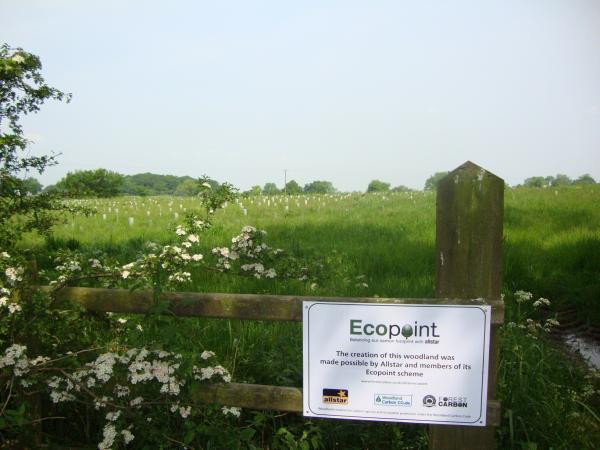
Forest Carbon Historical Projects at Nanpantan
This is a new public access woodland on former grassland within the National Forest, designed to facilitate...
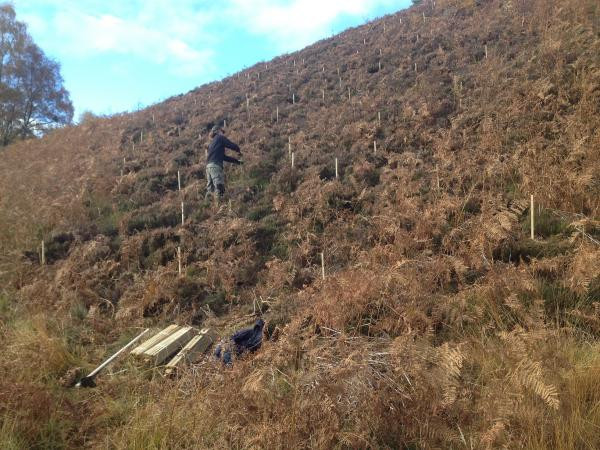
Forest Carbon Historical Projects at Lynbreck
This project is part of a long term programme by the new owners of Lynbreck croft to restore woodland...
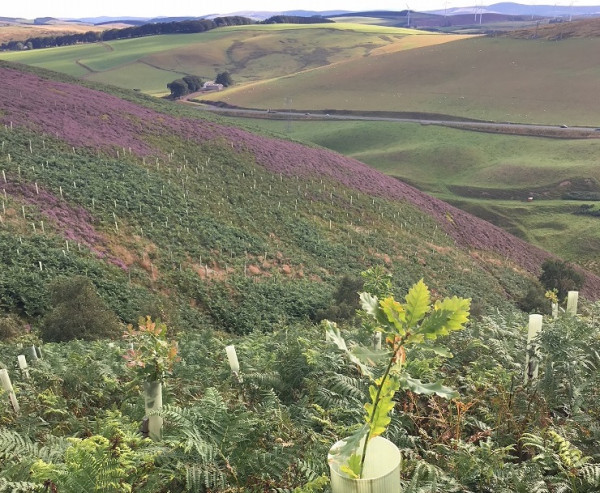
Forest Carbon Historical Projects at Headshaw
This project is another in Forest Carbon's partnership with the Tweed Forum - aimed at not only reducing...
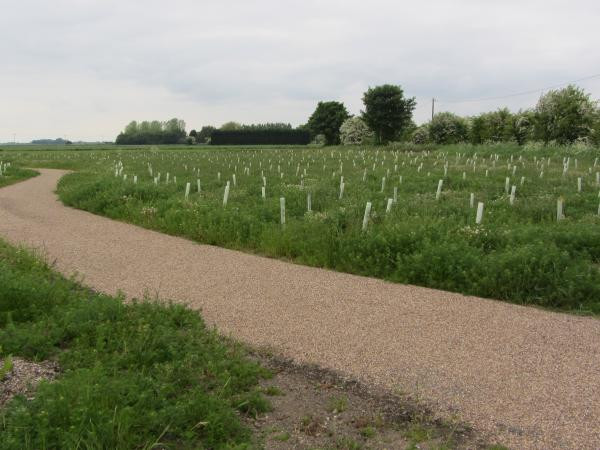
Forest Carbon Historical Projects at Boston Beech
This project has enabled the expansion of the Boston Woods Trust’s community woodland, situated on...
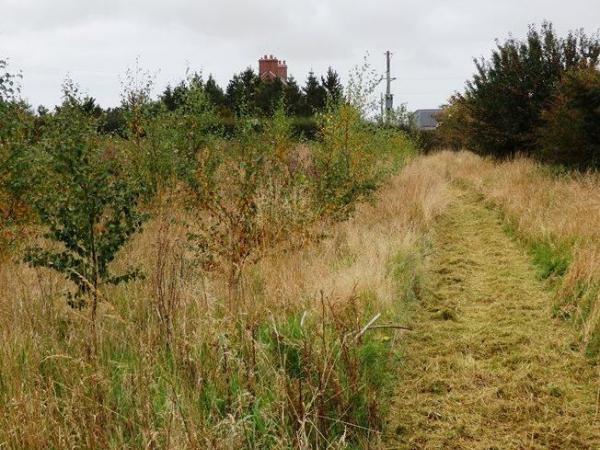
Forest Carbon Historical Projects at Rob's Wood
This is a native woodland close to the village of West Rainton, near Durham. It has been planted as...
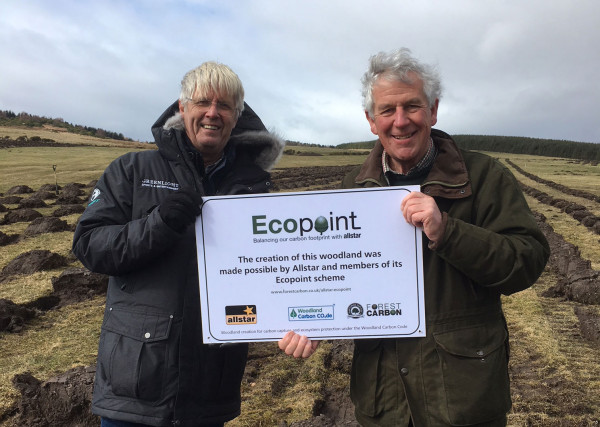
Forest Carbon Historical Projects at Doddington North Moor
Doddington North is the largest planned new productive forest to be planted in England in the...
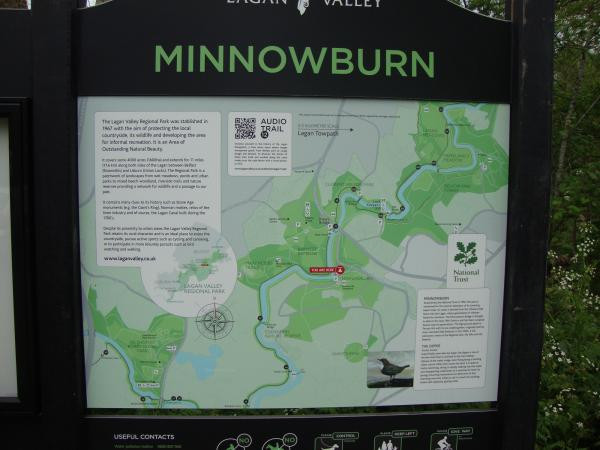
Forest Carbon Historical Projects at Minnowburn
Minnowburn is a National Trust site set in beautiful countryside just a couple of miles from the heart...
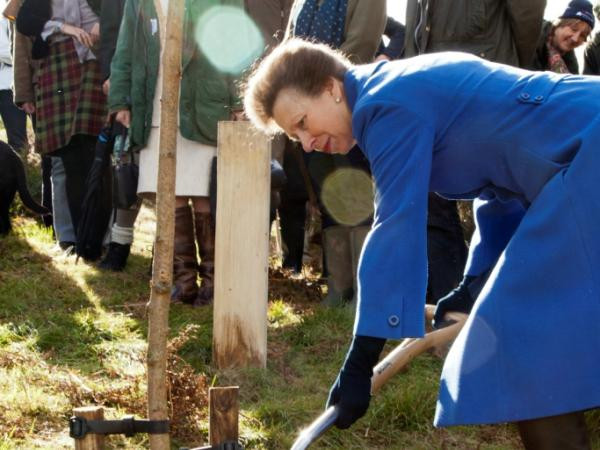
Forest Carbon Historical Projects at The Glen
Woodlands are very much part of the local community in the area, supporting jobs in forestry and tourism...
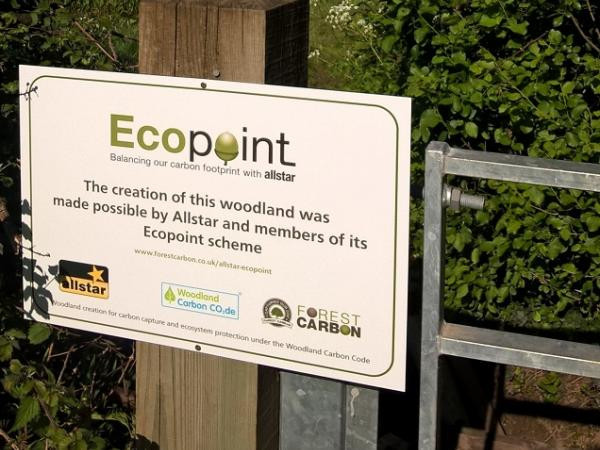
Forest Carbon Historical Projects at Madresfield phase 1
The western edge of this woodland, planted in 2014, is just 150m from the eastern edge of a large...
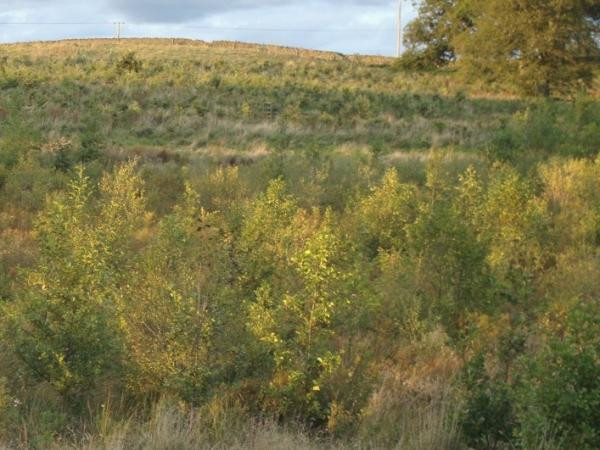
Forest Carbon Historical Projects at Kinstair
The site is on a north facing slope, about 700m from a public road, on Kinstair farm, near Alford...
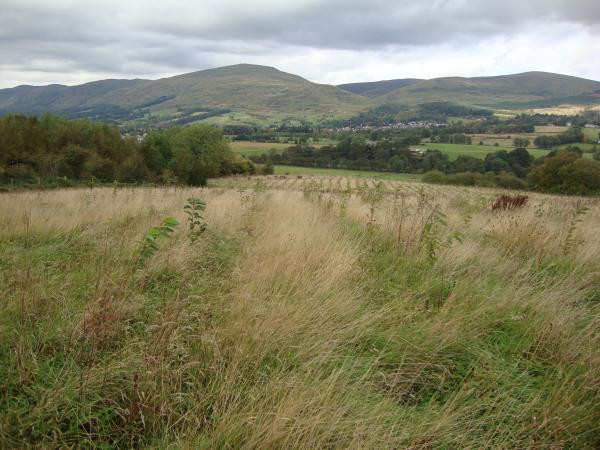
Forest Carbon Historical Projects at Arndean
This is a mixed broadleaf and coniferous productive woodland, with a long term intention to retain...
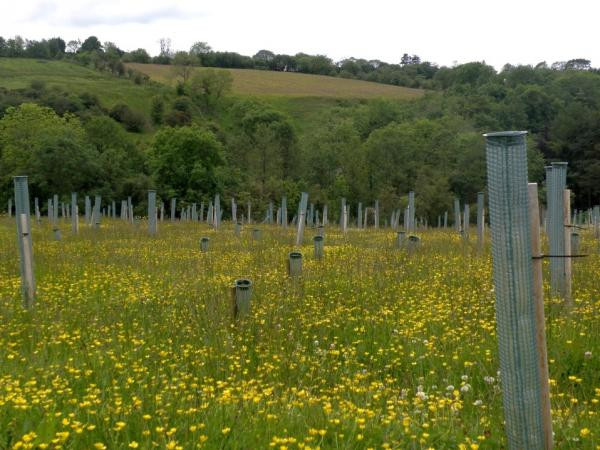
Forest Carbon Historical Projects at Reathwaite
Reathwaite Farm is located between Penrith and Wigton in Cumbria and is a mixed farm of arable ground,...
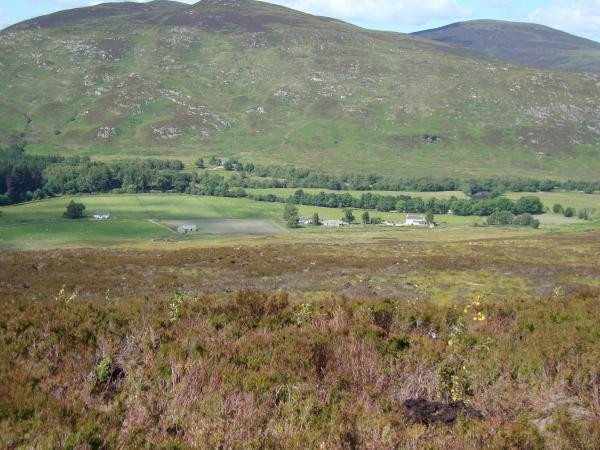
Forest Carbon Historical Projects at Garvalt Burn
The scheme, completed in 2014, is part of the croftland on Amat Estate and has been chosen to improve...
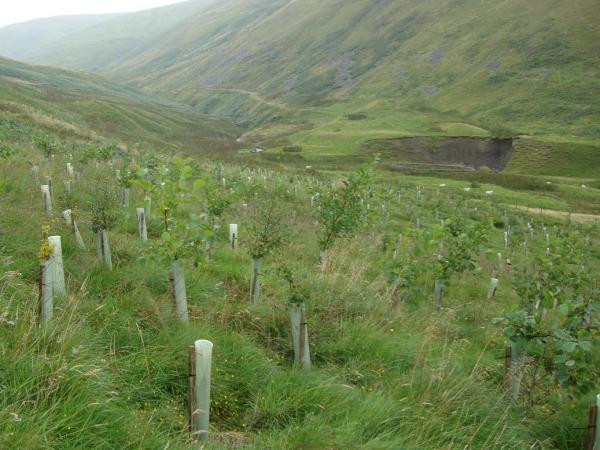
Forest Carbon Historical Projects at Overkirkhope
The aim of the planting at Overkirkhope is to create over 100 hectares of new native broadleaved woodland...
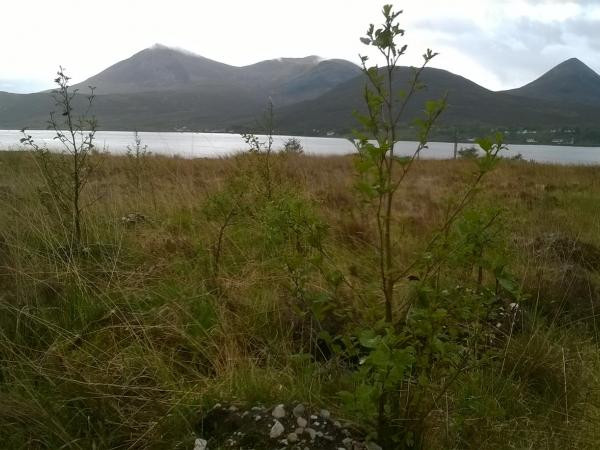
Forest Carbon Historical Projects at Scalpay
Scalpay extends to around 2,400ha and has three areas of mature conifer woodland as well as some remnant...
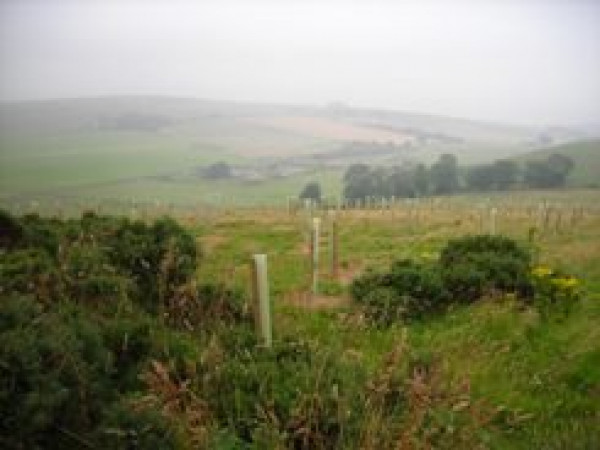
Forest Carbon Historical Projects at 4 Gesto
The primary aim of this project is to deliver an expansion of native woodland, and it comprises only...
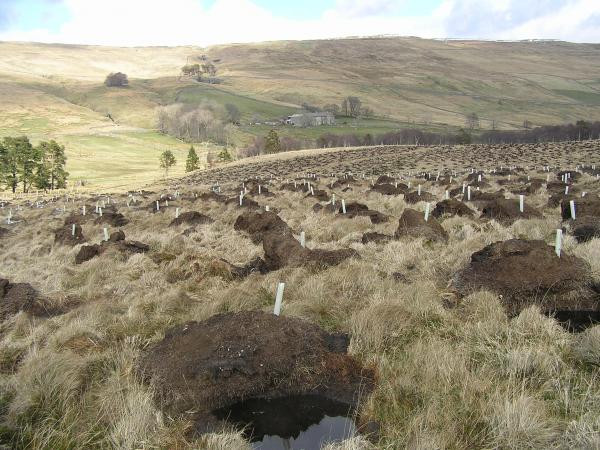
Forest Carbon Historical Projects at Nethergill
In partnership with the Yorkshire Dales Millenium Trust this mixed native broadleaf woodland is part...
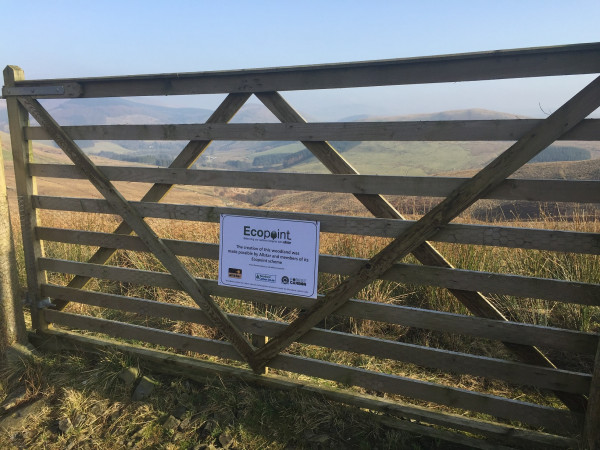
Forest Carbon Historical Projects at Craig Farm
This is a multi-purpose woodland creation project with both non-intervention native broadleaf and...
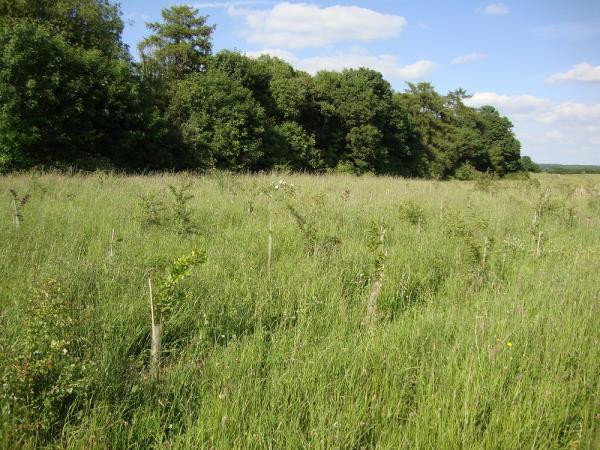
Forest Carbon Historical Projects at Thorney Coppice
This is a mixed coniferous and native broadleaf productive woodland, just outside Kettering, Northants,...
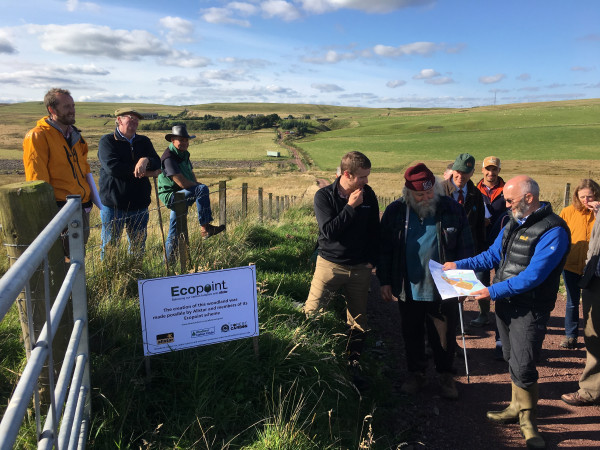
Forest Carbon Historical Projects at Ruddenleys
The woodland creation project at Ruddenleys is the lastest in a series of projects put together by...
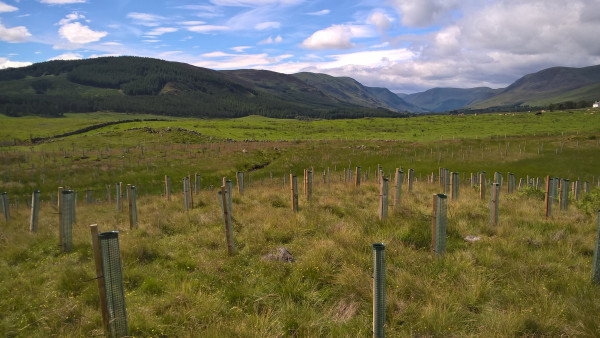
Forest Carbon Historical Projects at Rottal
This is a riparian planting designed to protect and enhance populations of freshwater pearl mussels...
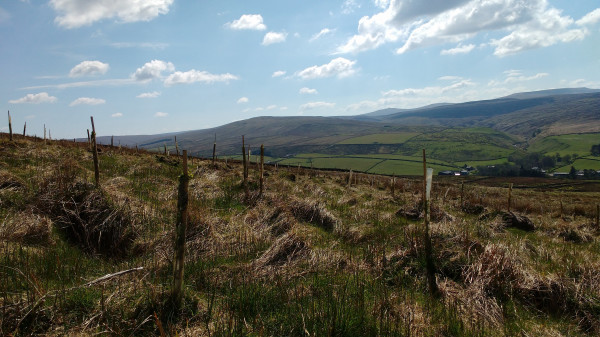
Forest Carbon Historical Projects at High Windy
This new woodland sits on both sides of the B6277 scenic road, which runs through the North Pennines...
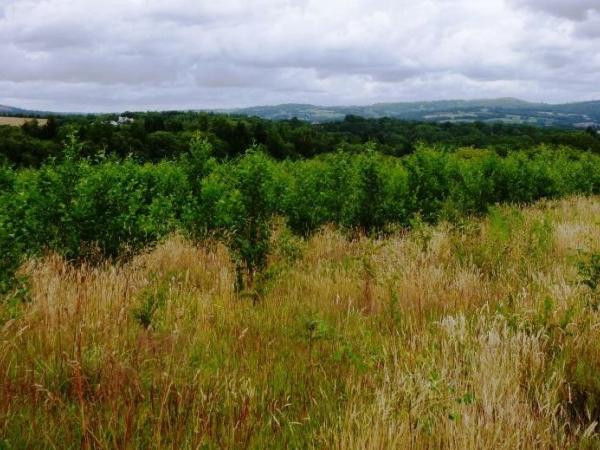
Forest Carbon Historical Projects at David's Wood
This is a new native woodland on the edge of the town of Tycroes, north of Swansea. The site is directly...
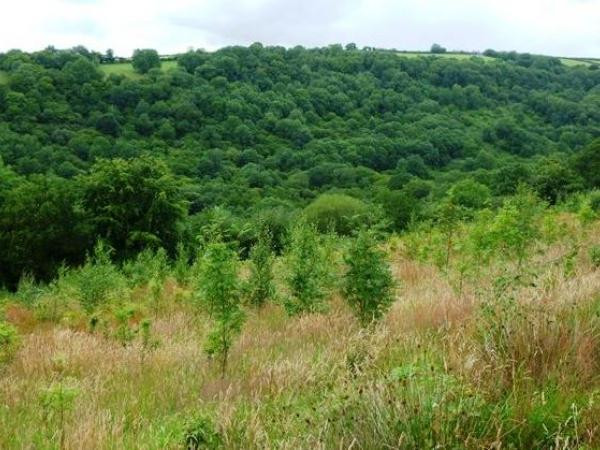
Forest Carbon Historical Projects at Louisa's Wood
This is a permanent native broadleaved woodland that connects existing woodlands and is designed primarily...
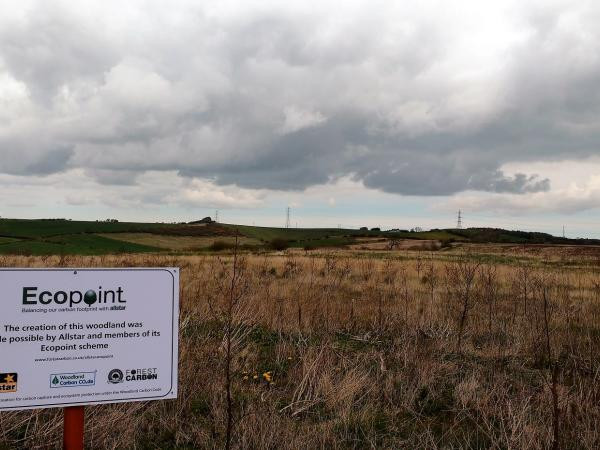
Forest Carbon Historical Projects at Maddie's Wood
This is a native woodland on former arable land close to the town of Houghton-le-Spring, Tyne &...
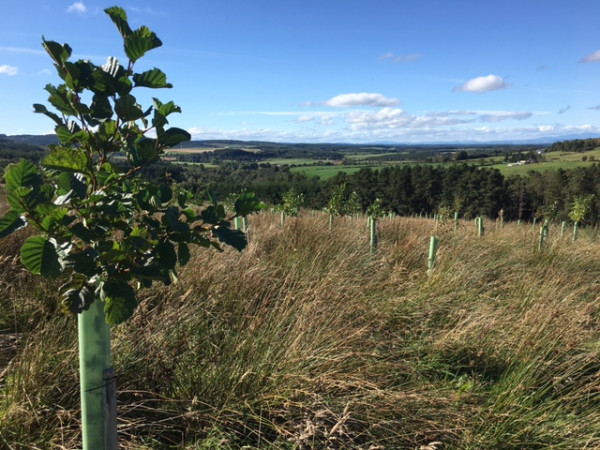
Forest Carbon Historical Projects at Mains of Edinvale
The objective is to establish woodland that is able to realise the following benefits: resources (timber,...
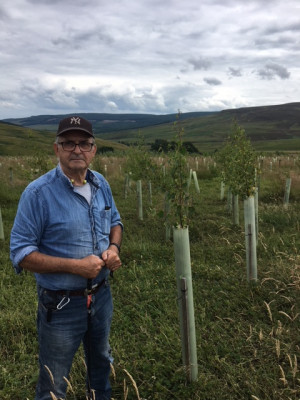
Forest Carbon Historical Projects at Whitelee
This is a mixed native broadleaf and Scots pine woodland just south of the border with Scotland, off...
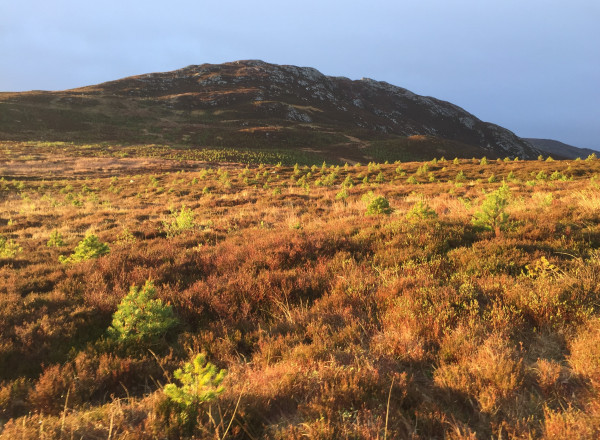
Forest Carbon Historical Projects at Ardochy
The three themes of the Ardochy project are:
- Carbon lockup
- Native woodland corridor...
Forest Carbon Historical Projects at Altan Ruadh
The scheme at Altan Ruadh will enhance an existing riparian planting along the local burn, as well...
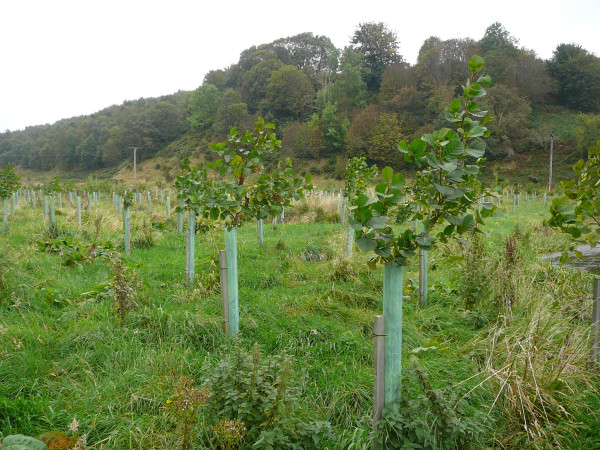
Forest Carbon Historical Projects at Ardlogie
The new planting at Ardlogie is a productive coniferous woodland, with 10% set aside for permanent...

